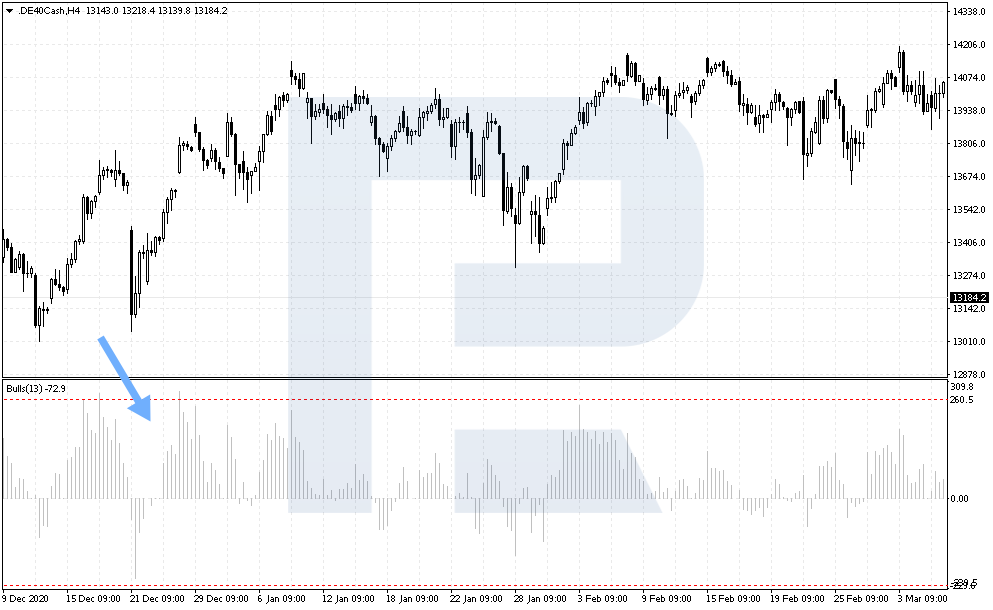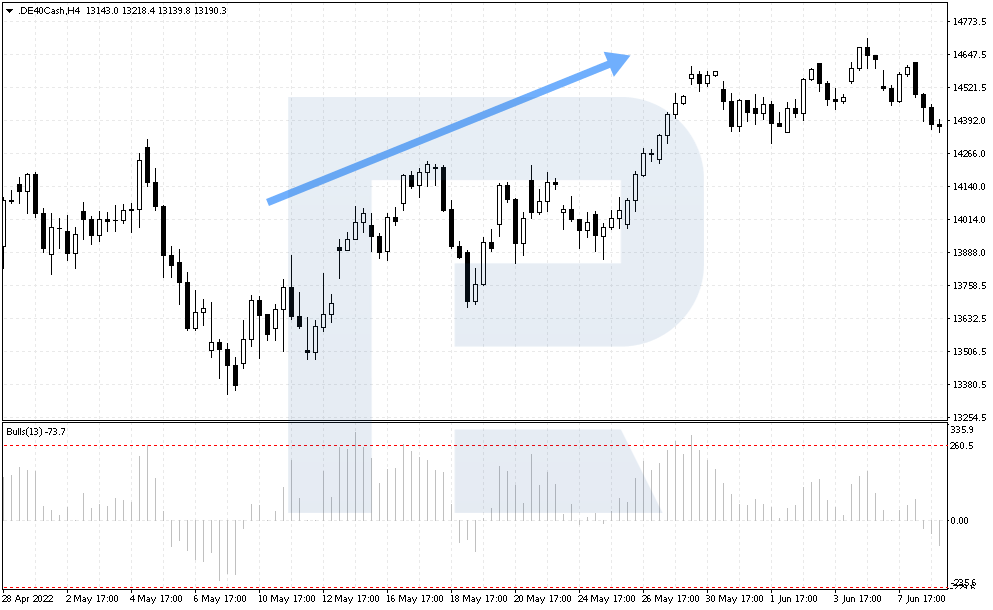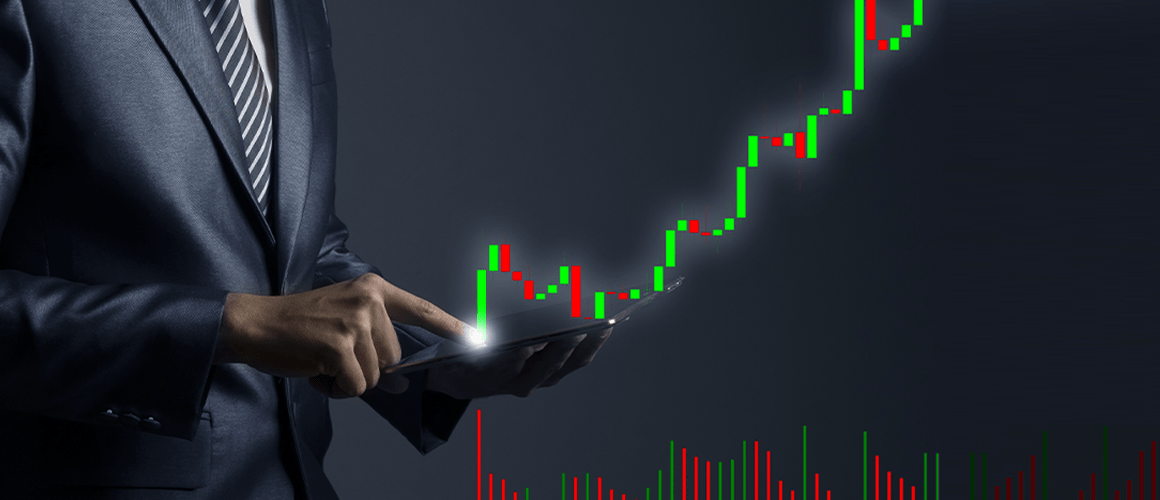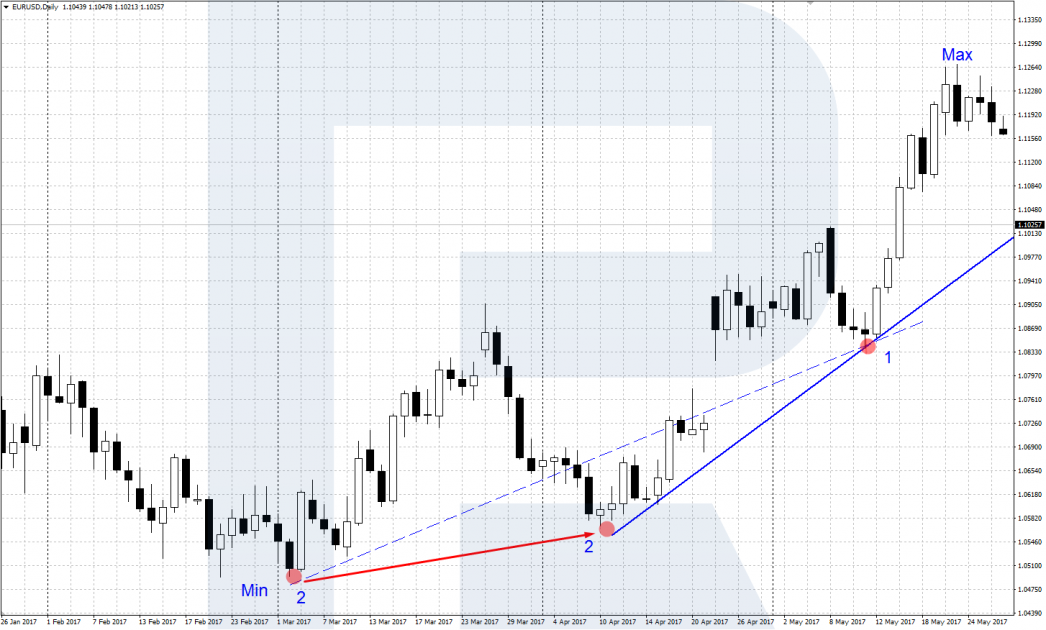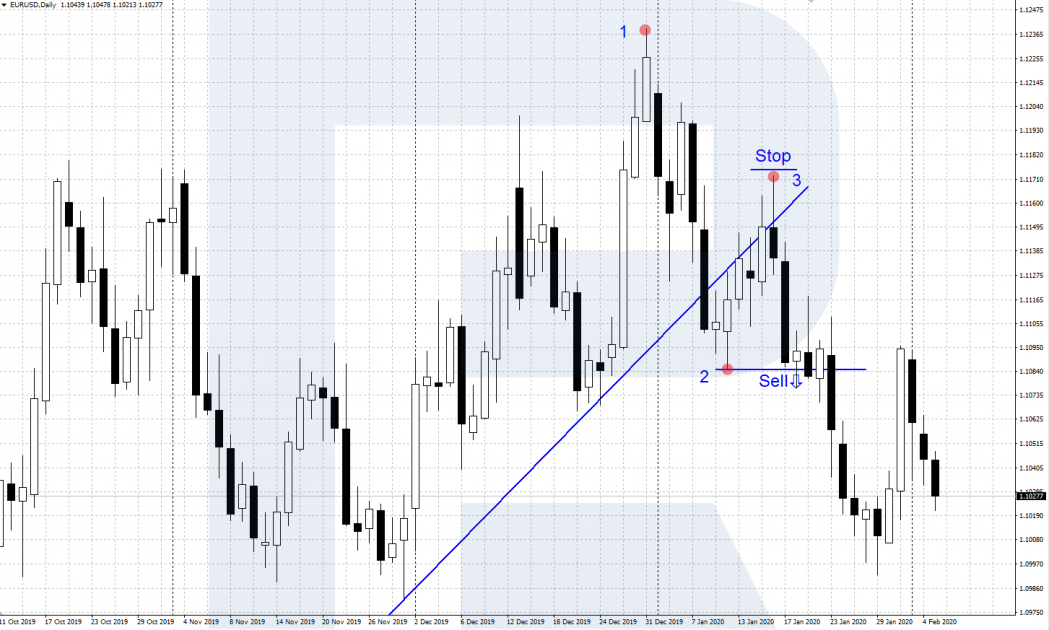Vlad RF
RoboForex Representative
- Messages
- 487
Depositary Receipts: Types, Specifics, And How They Are Different from Stocks
Author: Victor Gryazin

Dear Clients and Partners,
In this article, we’ll discuss a popular financial instrument, depositary receipts. We’ll learn how they are used, what types of DRs there are, and talk about their advantages and disadvantages.
What a depositary receipt is
A depositary receipt (DR) is a security (certificate) that represents shares or bonds in a foreign company traded on a local stock exchange.
In fact, it’s a derivative security that removes any limitations or restrictions on investments is shares and bonds of foreign companies. These certificates have all rights of base assets being a domestic security.
Depositary receipts are bought by investors (DR holders) in accordance with a deposit agreement. A depository is an issuer’s agent and acts as a link between investors and an issuer.
Using depository receipts, investor can own shares of foreign companies without having to trade directly in foreign markets. Market players acquire depositary receipts the same way as stocks – directly, if they have access to stock exchanges, or via brokerage companies.
How depositary receipts work
Before describing all the nuances, we’ll tell you what is hiding behind such terms as “depository” and “custodian bank”.
A depository is a professional participant in the security market and its major function is registration of titles to assets. In other words, a depository keeps your securities.
A custodian bank both keeps and manages the securities or other financial assets of its clients. In addition, it can offer other financial services; for example, clearing, transaction settlement, or exchange operations.
For example, a Japanese car manufacturing company wants to attract money in the US market. For this purpose, it has to initiate the issuing of American depositary receipts for being listed on the NYSE. This procedure will be as follows:
As a rule, they are classified in terms of the market where they are traded.
A depository is an intermediary between an issuer and investors. Such securities are also considered voting securities, just like ordinary shares.
2. Unsponsored depositary receipts are issued by one or several depositories without any official agreement with a foreign company. These certificates are issued on already floating securities.
However, since they do not imply a company’s involvement, they are mostly traded on over-the-counter markets and are not considered voting securities.
Read more at R Blog - RoboForex
Sincerely,
RoboForex team
Author: Victor Gryazin

Dear Clients and Partners,
In this article, we’ll discuss a popular financial instrument, depositary receipts. We’ll learn how they are used, what types of DRs there are, and talk about their advantages and disadvantages.
What a depositary receipt is
A depositary receipt (DR) is a security (certificate) that represents shares or bonds in a foreign company traded on a local stock exchange.
In fact, it’s a derivative security that removes any limitations or restrictions on investments is shares and bonds of foreign companies. These certificates have all rights of base assets being a domestic security.
Depositary receipts are bought by investors (DR holders) in accordance with a deposit agreement. A depository is an issuer’s agent and acts as a link between investors and an issuer.
Using depository receipts, investor can own shares of foreign companies without having to trade directly in foreign markets. Market players acquire depositary receipts the same way as stocks – directly, if they have access to stock exchanges, or via brokerage companies.
How depositary receipts work
Before describing all the nuances, we’ll tell you what is hiding behind such terms as “depository” and “custodian bank”.
A depository is a professional participant in the security market and its major function is registration of titles to assets. In other words, a depository keeps your securities.
A custodian bank both keeps and manages the securities or other financial assets of its clients. In addition, it can offer other financial services; for example, clearing, transaction settlement, or exchange operations.
For example, a Japanese car manufacturing company wants to attract money in the US market. For this purpose, it has to initiate the issuing of American depositary receipts for being listed on the NYSE. This procedure will be as follows:
- A broker from the US buys shares of a Japanese company via its international branch in Japan and then forwards them to a local custodian bank.
- A depository bank (the US) confirms that it received and deposited base shares in a custodian bank. Now, instead of them, a bank can issue depositary certificates.
- A specific number of base shares are consolidated into a single DR. This number is defined after considering different economic factors, including the exchange rate of the Japanese Yen against the American dollar.
- A broker that acts as an intermediary between an issuing company and the US stock exchange receives American depository receipts and lists them on the NYSE — now American investors can invest their money in shares of a Japanese company.
As a rule, they are classified in terms of the market where they are traded.
- Global depositary receipts (GDR) are traded on several international markets at once. The more stock exchanges quote global depositary receipts of a specific foreign company, the more investors have a chance to invest in its shares.
- American depositary receipts (ADR) are traded only on the US exchanges, such as NYSE, AMEX, and NASDAQ. Dividends are paid in US dollars.
- Canadian depositary receipts (CDR) are derivatives that are traded on the Canadian stock exchange. CDRs are voting securities and imply dividend payouts.
- Brazilian depositary receipts (BDR) are certificates on foreign stocks available on the Brazilian stock exchange. They are backed by shares or other securities kept in a foreign custodian bank.
A depository is an intermediary between an issuer and investors. Such securities are also considered voting securities, just like ordinary shares.
2. Unsponsored depositary receipts are issued by one or several depositories without any official agreement with a foreign company. These certificates are issued on already floating securities.
However, since they do not imply a company’s involvement, they are mostly traded on over-the-counter markets and are not considered voting securities.
Read more at R Blog - RoboForex
Sincerely,
RoboForex team




